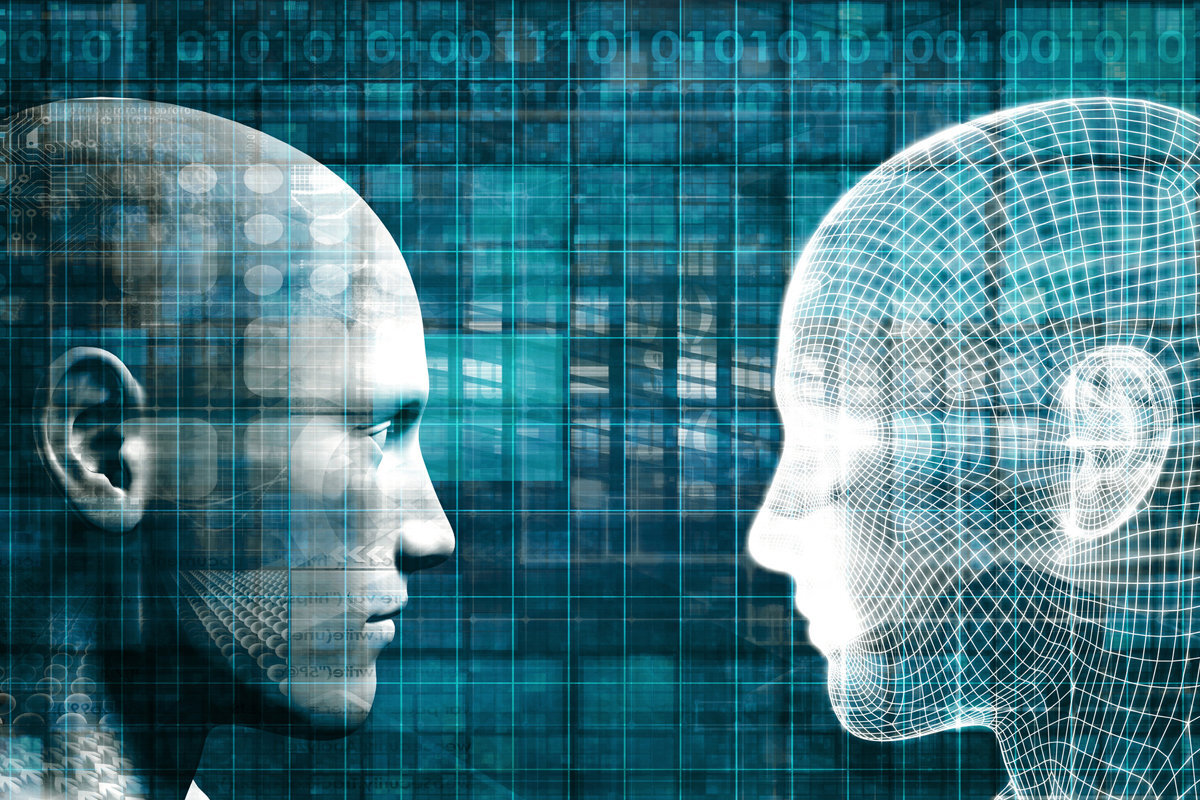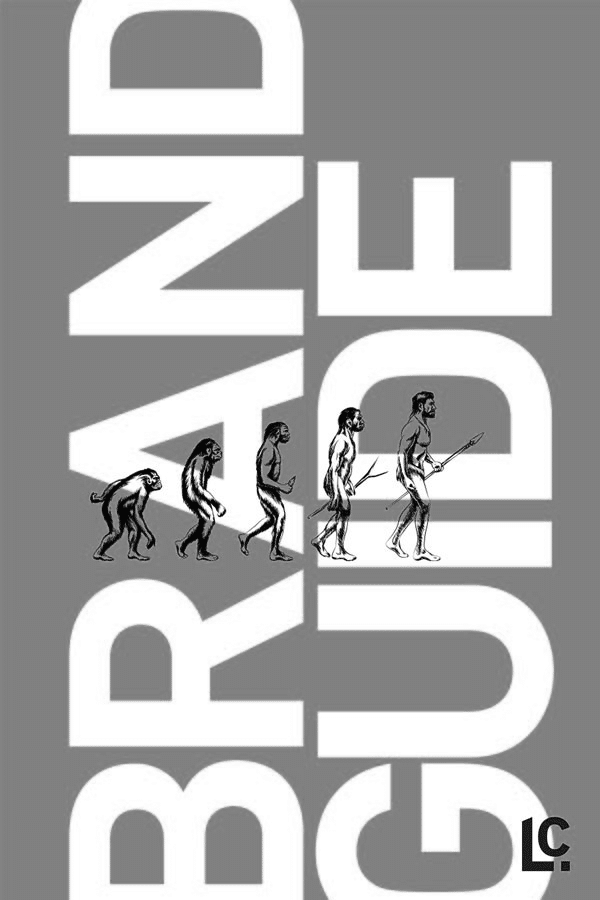Nowadays everyone knows what Artificial Intelligence (AI) and Machine Learning (ML) is but how much human involvement is needed in this area is not very well known. In this blog we try to showcase that human involvement.
Artificial Intelligence (AI) is defined as the ability of a computer or a robot controlled by a computer to do tasks that are usually done by humans requiring human intelligence. To that effect, the definition of AI can be categorised into four dimensions: thinking humanly, acting humanly, thinking rationally, and acting rationally. At the same time, Machine Learning (ML) is a field of AI referring to a process where a machine is trained to learn from data without explicitly programmed to do so. Most of the AI applications nowadays are variations of different ML use cases.

However, we must point out that the general perception around Artificial Intelligence and Human involvement in it is very limited, to say the least. When we talk about general-purpose AI, we view it as a system that can solve any problem that it sees. Thus, there is a tendency to believe that AI and ML will fully replace human work. But we are quite some way away from that – most AI systems we see today are narrow in their remit but very good in that narrow space. One might argue that as AI systems start to take over multiple narrow functions within an organisation, the human workload will eventually reduce. But we have to understand that humans do not possess a singular type of intelligence but exhibit multifarious types of intelligence. Therefore, before we can move into talking about a particular use case of Machine Learning and the human arm surrounding it, we must understand what kind of intelligence a human possesses.
Gardner (1983) proposed that humans have seven types of intelligence as following:
- Logical-Mathematical Intelligence: Ability to discern logical or numerical patterns and capacity to make sense of complex reasoning. Examples include analysing complex problems like mathematical computations.
- Linguistic Intelligence: Ability to understand and decipher sounds, words, and language. Examples of this type of intelligence include being skilled with words (both written and spoken) and being able to explain things well.
- Musical Intelligence: Ability to produce and understand music. Examples are being able to sing, play a musical instrument and recognise musical patterns.
- Spatial Intelligence: Ability to perceive the visual world accurately and to produce or alter this on different media such as drawing or painting. Examples are being skilled in painting, drawing and interpreting maps, images, graphs etc.
- Bodily-kinaesthetic Intelligence: Ability to control or express bodily movements in a skilled manner. This can include good hand-eye coordination, excellent physical coordination and good at creating things by hand.
- Interpersonal Intelligence: Ability to respond to the effects of other people with discernment and skill. Examples are being skilled at resolving group conflicts, communicating with others both verbally and non-verbally.
- Intrapersonal Intelligence: Ability to access and discriminate your effects and draw on them to guide your behaviour. Examples include self-awareness, understanding of personal motivations or feelings and the ability to analyse ideas.
Now, after having defined AI/ML and the seven types of human Intelligence, we would like to offer a case scenario of a construction firm to showcase how AI and ML can be collaboratively used with Humans within a recruitment arm of an HR department and thus, improve the overall HR department operations and performance.
Scenario
According to Glassdoor, in today’s times, any corporate job opening attracts about 250 resumes from applicants on average. Among these huge piles of applications, picking the most suitable candidate for a role is a cumbersome task. That is where the technology comes in hand – AI and ML help make it much simpler and convenient by automating the repetitive elements of the hiring process. There are multiple ML applications across the different activities within the recruitment process, but within our scenario, we will concentrate on the CV Screening element to showcase human EQ and AI in that process.
The business is a construction company specialising in providing architecture, design, and construction. The company is steadily growing and the recruitment team within HR is constantly working overtime having to recruit various skilled people. The HR director decided to invest in an AI-powered CV Screening application. It might be perceived that due to an AI application reducing man-hours of work, the department will shrink its employee size. This perception is fuelled by a lack of clear understanding of how an AI and ML use case is implemented and maintained.
Outcome
Every ML application as defined previously works on a trained data set. The dataset that will be fed to the model (in this case CV Screening), needs to be customised for that industry (construction), with varying skill sets (architecture, design, mechanical engineers etc), and multiple keywords that the model needs to properly and efficiently screen the CV for. The actual work the model does here relates to the computational power of the machines; the logical-mathematical intelligence as explained before. However, at the core of what the model does so much more efficiently and faster than humans, are fed by humans. The multifarious intelligence of humans come into play as they train the model and make it work. Thus, the HR department must reskill their employees to make the model work effectively and efficiently. We must note that all the above is not a one-time activity – humans must be involved in governing the model. Some of the governance work involve would be:
- deciding the frequency of updating the dataset,
- checking the effectiveness of the model,
- checking legal implications around model usage.
As you can see from just this one AI use case, even though the model eliminated human hours eyeballing CVs, other aspects of human intelligence (interpersonal and intrapersonal) come into play. Ability to empathise and react to other people’s emotions instantly is a strength that only humans posses. This can be seen in the CV Screening example – the most important characteristic of a recruitment arm implementing an AI model should consider, having gained the hours from CV Screening, is the human feedback to the job applicants.

To conclude, we need to remember that behind every CV is an actual human who is in a situation that demands him/her to look for a job. The feedback process, which is of utmost importance for unsuccessful applicants, should solely be the responsibility of humans utilising their interpersonal intelligence in imparting negative news in a positive way to another human. However, with increasing demand and profitability, this is also being modelled by an AI application where a blanket email with a generic feedback message is sent to an unsuccessful applicant. But overall we can make one conclusion – everything that we see in science fiction movies where machines take over human work stays only within the movie’s plot. The reality is that AI and ML are all about retraining and upskilling humans to work in a different way, and not replacing humans. Thus, by utilising human’s interpersonal and intrapersonal intelligence to work collaboratively with AI-powered machines we can get the best possible outcomes.









































